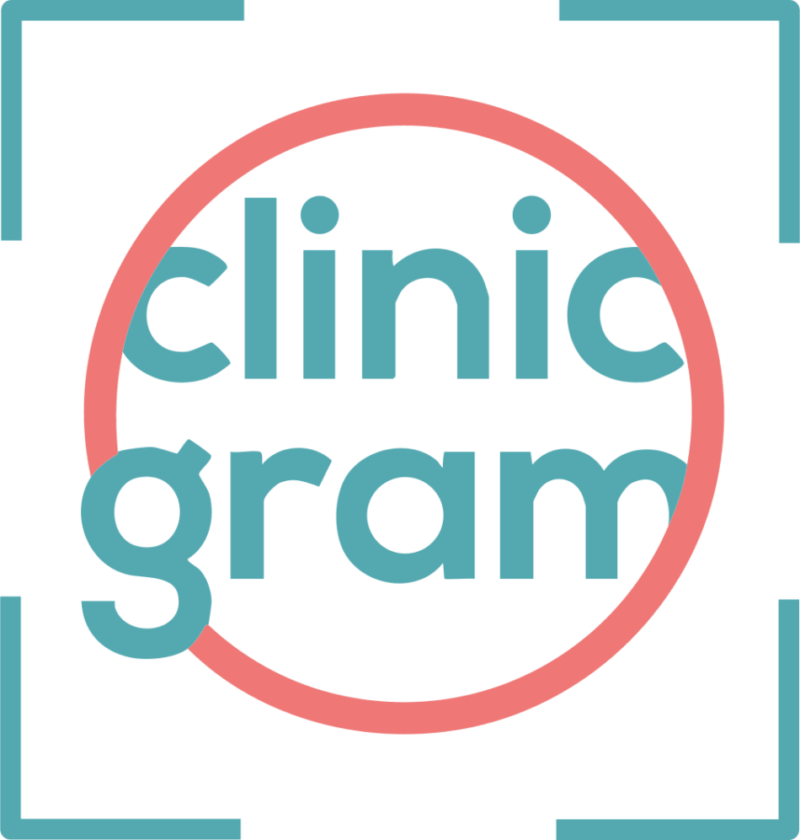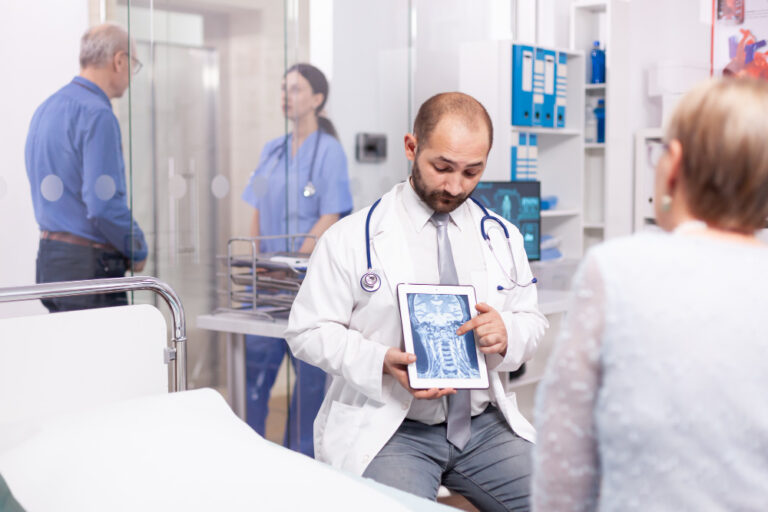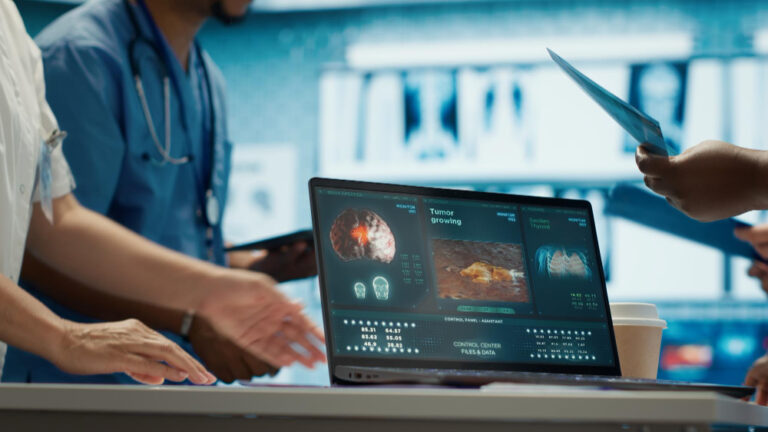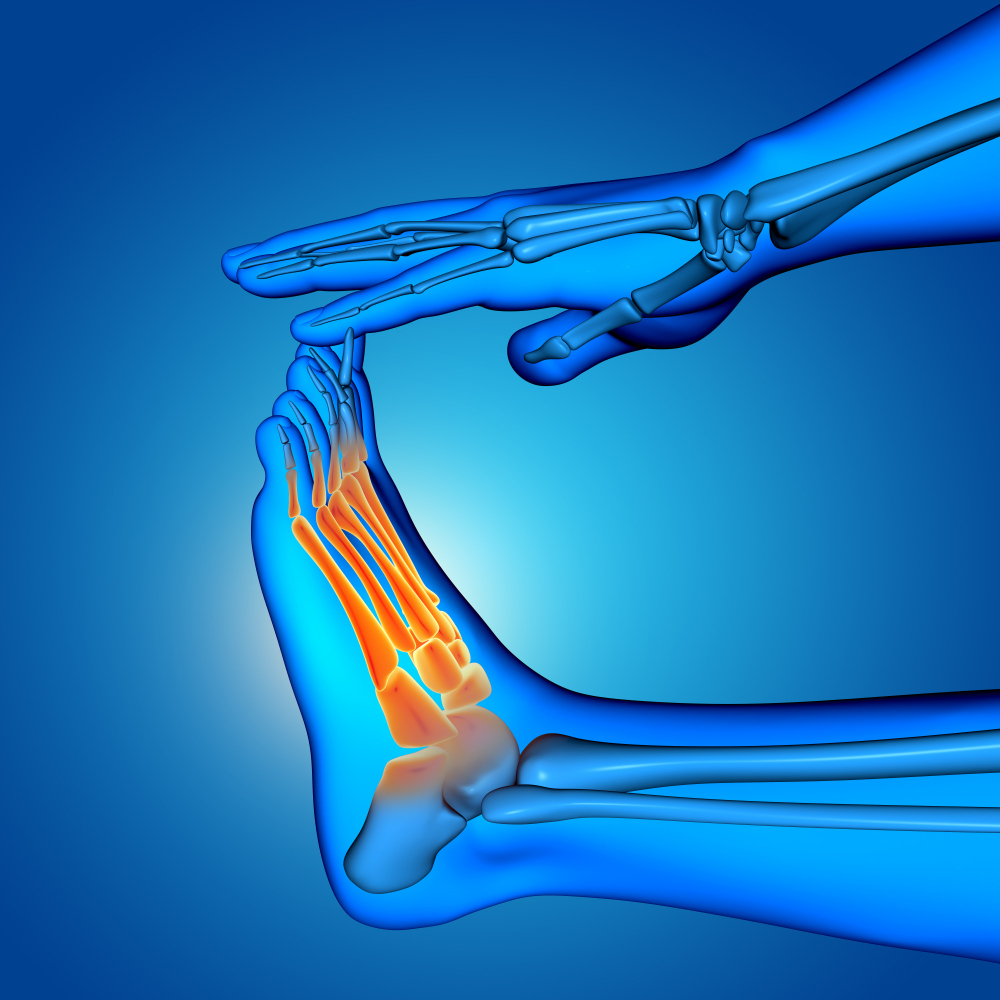
Chronic wounds—such as pressure ulcers or those associated with diabetic foot syndrome—represent a major clinical and economic challenge. It is estimated that their treatment consumes 2% to 5% of healthcare budgets in many European countries, with recurrence rates exceeding 60%.
However, reacting only once a wound has developed is far from ideal. It leads to longer treatment cycles, higher infection risks, and more unnecessary hospital admissions. In contrast, a proactive model that identifies risk before tissue breakdown may revolutionize healthcare quality. Prevention not only spares suffering—it also saves time and healthcare costs.
What Do We Mean by Wound Risk?
Wound risk refers to the likelihood of lesion development, influenced by several contributing factors:
- Physiological: hypoxia, poor perfusion, chronic inflammation, or edema
- Contextual: immobility, moisture, prolonged pressure
Certain anatomical areas are especially vulnerable, such as the sacrum, heels, ankles (for pressure ulcers), or the foot in patients with diabetic neuropathy or peripheral arterial disease. Visual inspection alone is often insufficient: the skin may appear intact, while underlying physiological processes can trigger a wound in as little as 24–48 hours.
Early Indicators: Temperature as a Predictor
Skin temperature is a crucial early marker for inflammation or hypoperfusion. Clinical studies indicate that a temperature difference ≥ 1°C between symmetrical zones can predict ulcer development, particularly in diabetic foot care.
Additionally, microinflammation tends to increase local temperature, while ischemia causes a decrease. Detecting these changes in time allows early intervention before skin breakdown occurs.
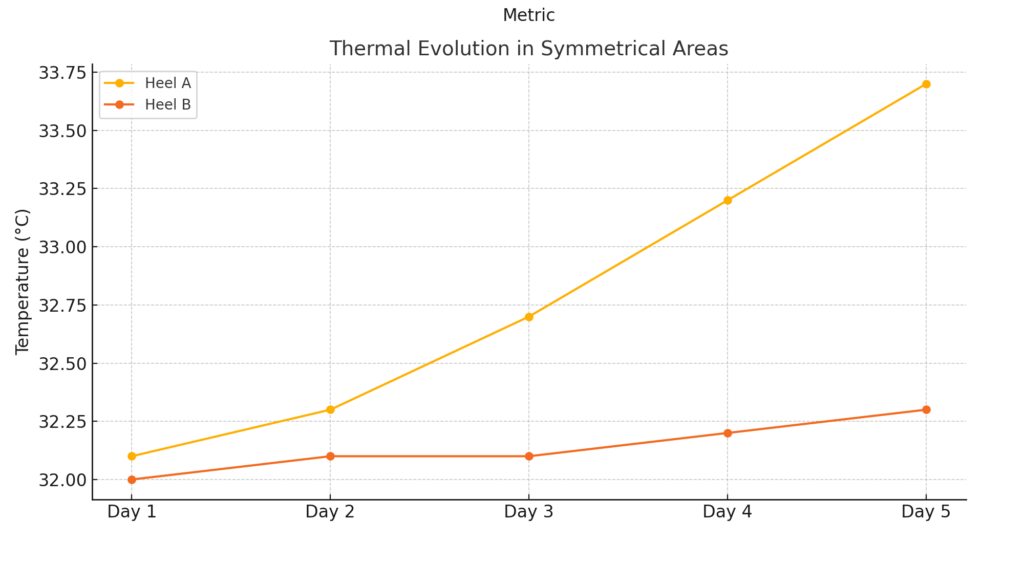
How Does Technology Help Predict Wound Risk?
The ability to anticipate wound development represents a paradigm shift in clinical care. Technology plays a pivotal role, enabling clinicians to detect subtle physiological changes before they become visually apparent. These innovations do not replace clinical judgment, but rather enhance clinical decision-making with real-time insights.
- Infrared Thermography: Offers non-contact, skin temperature mapping, ideal for sensitive areas or bedbound patients.
- Artificial Intelligence: Algorithms analyze thermal patterns, comparing them against clinical databases to identify asymmetries or trends undetectable to the human eye.
- Longitudinal Monitoring: Daily readings help identify subtle progressive changes—the trajectory matters more than any single value.
Clinicgram’s Approach: Assessment Before the Wound
Clinicgram supports a preventive model powered by advanced technology that enables healthcare professionals to identify wound risk before clinical signs emerge. Its approach combines AI, thermography, and structured monitoring to ensure timely, proactive intervention.
- Contactless Daily Assessment: Quick thermal imaging during morning rounds or home visits
- Personalized Alerts: Automatic notifications triggered by a ≥ 1°C asymmetry or rising thermal trend
- Integration with Clinical Protocols: Alerts link to care pathways such as pressure injury prevention, postoperative care, or diabetic foot monitoring
- Digital Wound History: All data and images are archived for trend comparison and interdisciplinary sharing
Real-World Results in Clinical Settings
Several pilot programs have demonstrated promising outcomes:
- An ICU reduced the number of emerging pressure ulcers by 50% through thermal monitoring with Clinicgram.
- In geriatric home care, early risk detection reduced emergency sterilizations and hospital transfers by 30%.
- Patient satisfaction improved due to reduced discomfort, while healthcare teams appreciated the objective data and improved capacity for anticipation.
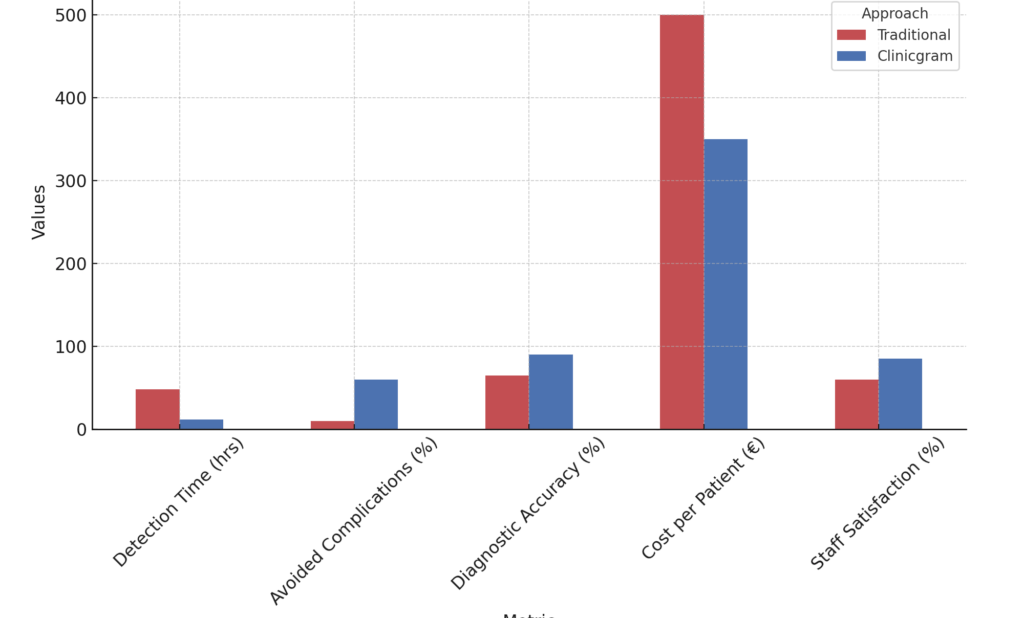
Conclusion: Prevention Is Possible, Timely Action Is Essential
Advanced prevention is no longer a promise—it’s a viable reality. Monitoring skin temperature and leveraging AI-driven analysis now allows clinicians to assess wound risk before visible damage occurs, avoiding complications.
Clinicgram stands out as a key tool in this strategic shift: a non-invasive, evidence-based solution, fully integrated into clinical workflows, designed to detect, alert, and prevent at the optimal time. Getting ahead of the wound is not only possible—it’s the way forward for safer, smarter, and more human-centered care.
Ready to take wound prevention to the next level? Discover how Clinicgram can help your team predict and prevent skin injuries before they appear. Contact us today and request your demo.
Please rate this post

